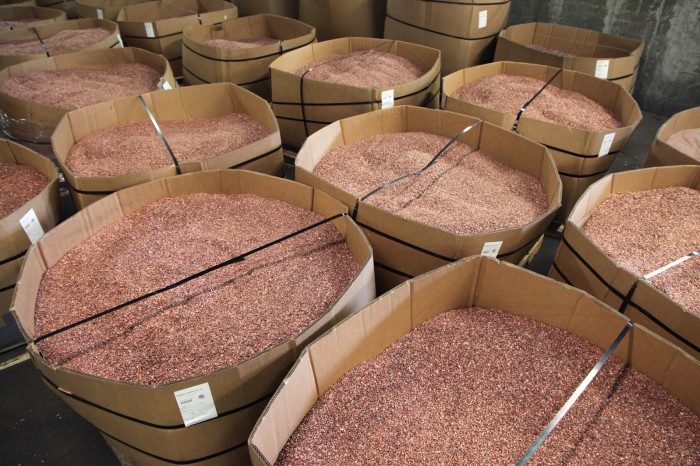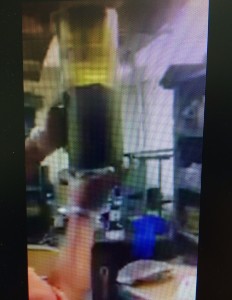While not as large of a figure as in Part 1, this number can sure add up over the course of the year for many manufacturers of bulk products such as powder metals, plastic pellets, bulk foods, metal parts and chemicals who can use thousands or tens-of-thousands of Gaylords in a year for packaging their products for shipment. At $30 or more per Gaylord box, that can translate to annual costs of $300,000 plus per year.
Why am I bringing this up? Because industrial vibration, most often in the form of vibratory tables, is a proven solution to reduce number of Gaylords, IBCs, or drums used to package bulk material shipments. We have been working a lot lately with some bulk material manufacturers to see great results in reducing their costs of packaging. The science of return on investment (ROI) is different for every customer, with differences in materials and shipping costs, being the main contributing factors. But, I will look at some hypothetical numbers with reasonably common and repeatable factors, such as $30 per Gaylord.
The essence of what we are looking at in a vibratory solution or vibratory table to reduce packaging costs is compacting material in it’s shipping container so that we can fit more product in one container. Compacting material in its shipping container has many potential benefits:
- A box or bag package becomes sturdier and more reliable for stacking or staying in place in shipment or storage.
- Your customer or recipient is happier upon receipt. If not compacted during packaging, material will settle and compact from vibration during transport, which will leave the container looking partly empty upon receipt.
- More material or less boxes can fill a full truck load.
For the purposes of this exercise, we will really only look at hypothetical reduction of boxes.
As we saw from David Strong’s post, attaining optimal material compaction that will contribute to yield the ROI is a science in itself. And, as we saw from Jack Steinbuch’s post, there are many ways to apply vibration during packaging. However, in our experience, a packable material will usually be able to be compacted by at least 20% during package filling, if the vibration is applied correctly and table designed and sized right. Some materials will even achieve 25% or 30%, such as this material we recently tested in our lab: Compaction of Material Sample Video
So, what does that mean for a company using 10,000 Gaylords/year at $30/box? That means they can package the same amount of product in 20% less boxes, which translates to ~$60,000/year of less cost.
Are you a bulk material manufacturer packaging in Gaylords, IBCs, supersacks or drums? Want to know what your potential ROI can be? Please contact us to discuss your current costs. We will test your potential compaction percentage for your material free of charge!
***Cover Image Credit: http://jfrecycle.com/services/chopping-line/

Craig Macklin joined The Cleveland Vibrator Company in 2010. Although his prior experience is mired in the world of theoretical, intangible products and services such as software and consulting sales, the past 11 years have developed his passion for this industry and molded the vibration expert we know today. Now, as President and CEO, Craig has a deep understanding of the value and importance of industrial vibration to numerous industries and applications. He enjoys fine, locally roasted espresso, good food, and spending the day with his wife and two daughters. He has cried at multiple Browns and Indians games and likes to get outside and golf in his free time.
What’s his area of expertise, you ask? “Making sure the people on our team are better and smarter than I am.” – Craig Macklin
Follow us:
Share this blog post:



